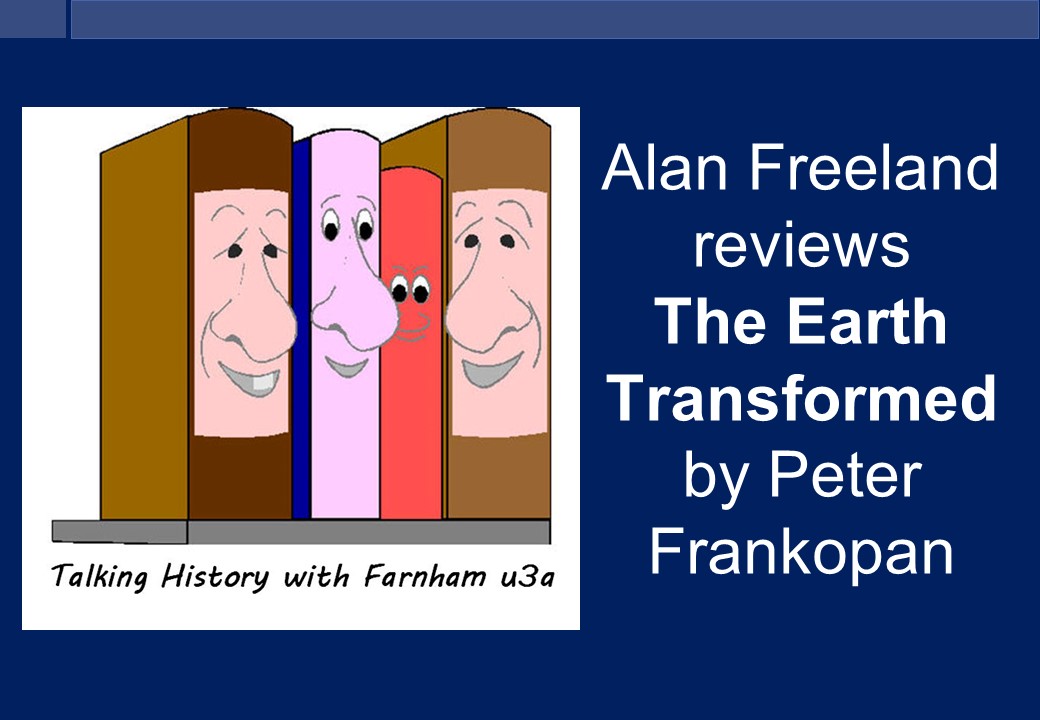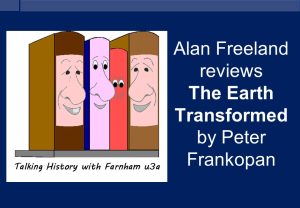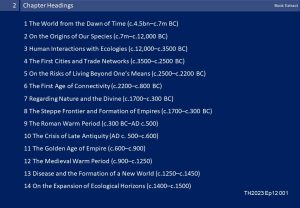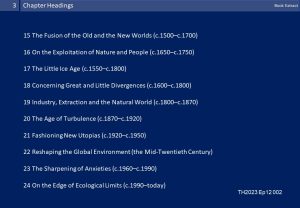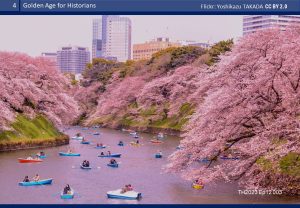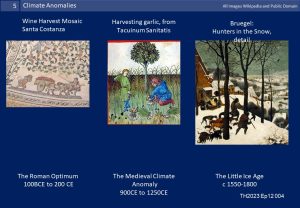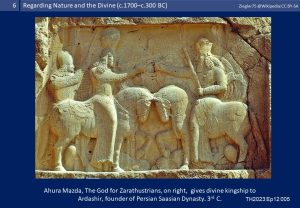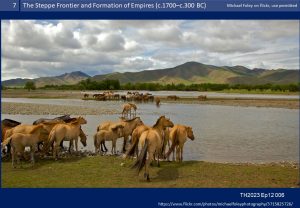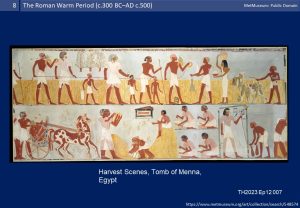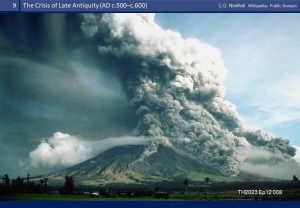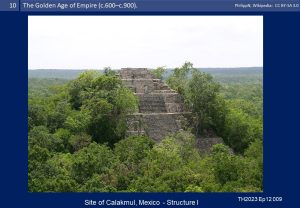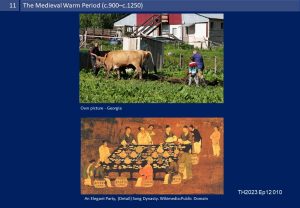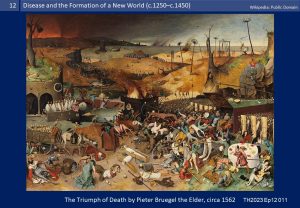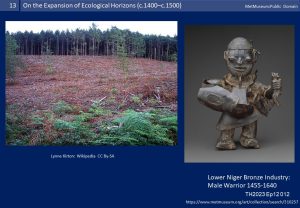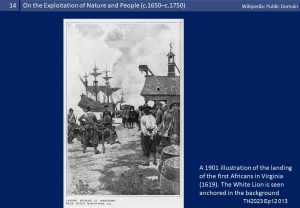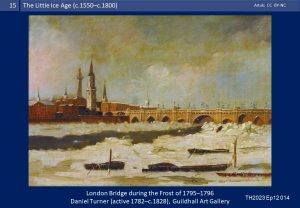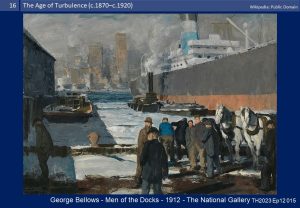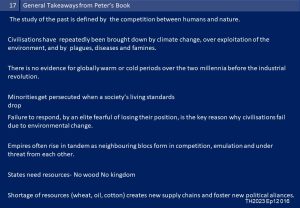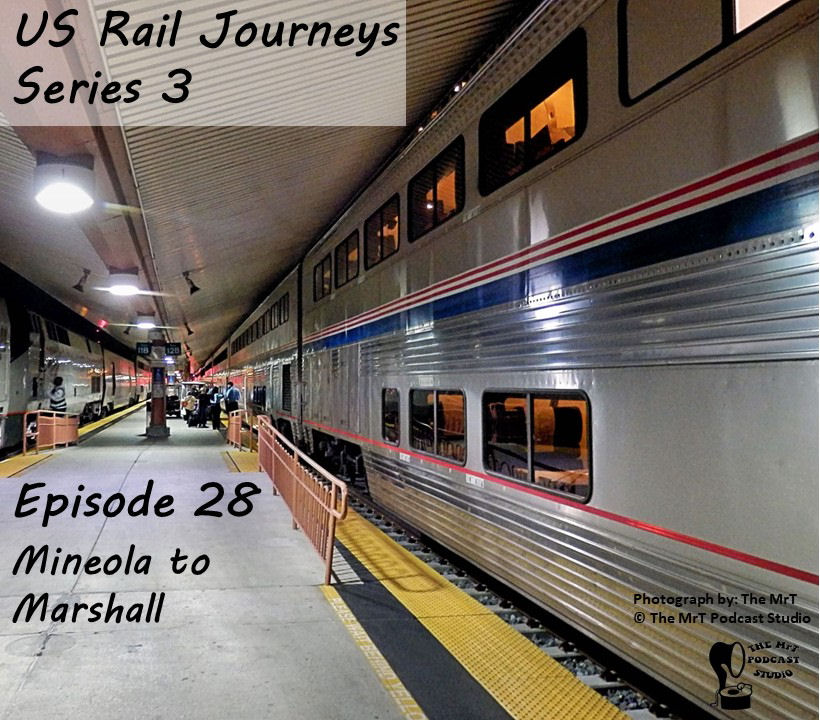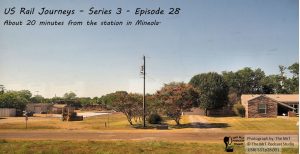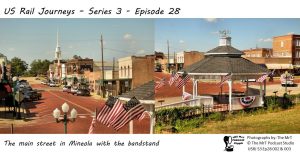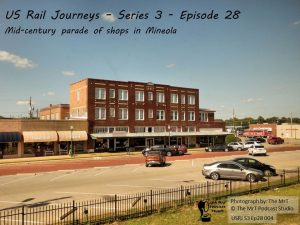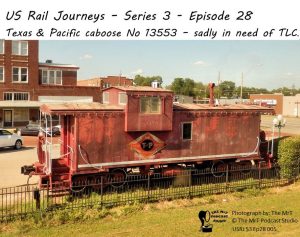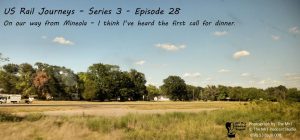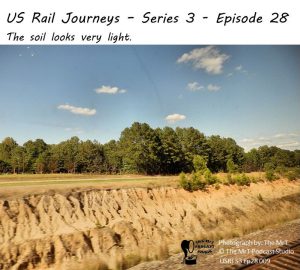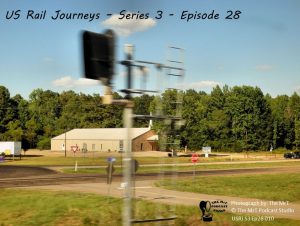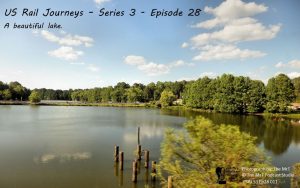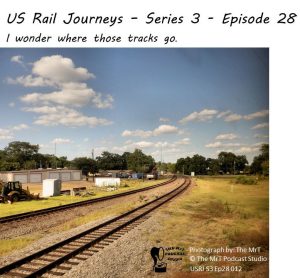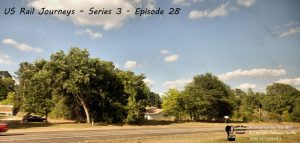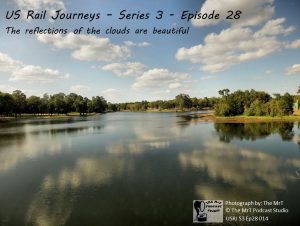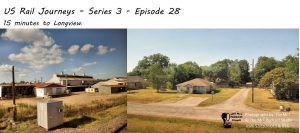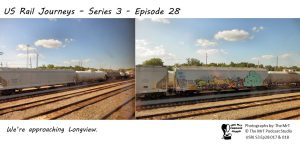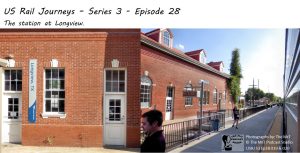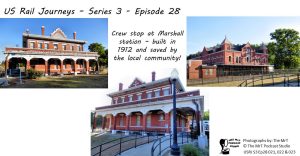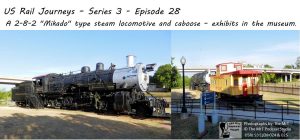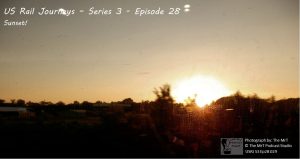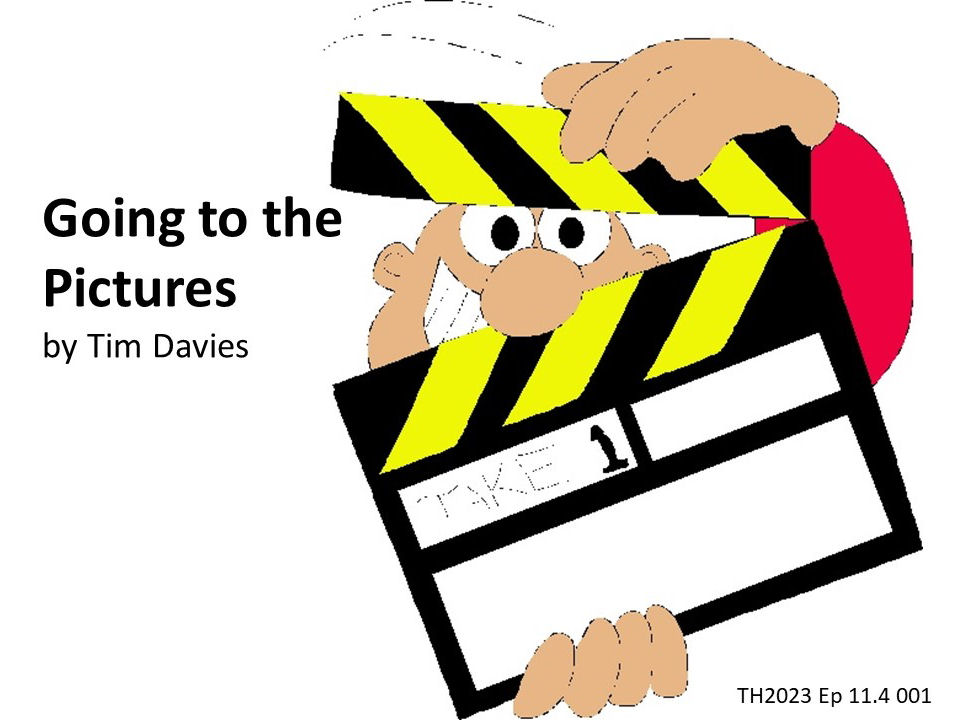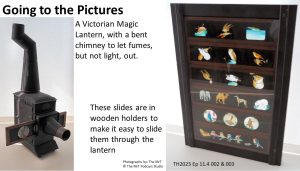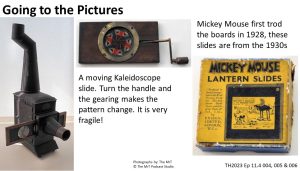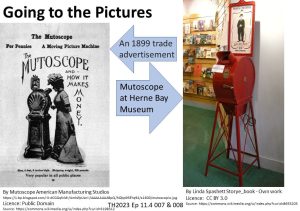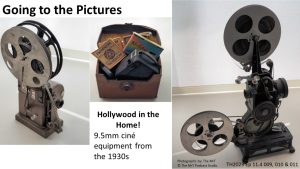Podcast: Play in new window | Download (Duration: 40:01 — 36.6MB)
Season 2023 – Talk 12- The Earth Transformed
In ‘The Earth Transformed’ Alan Freeland reviews Peter Frankopan’s book which changes our view of history by looking at the effect of climate on events.
Click a thumbnail below to view the image gallery that accompanies the talk.
The Silk Roads:
Alan tells us how the book ‘The Silk Roads‘ changes his retirement plans. This is a book by Peter Frankopan that he rates very highly. This book is an important account of the forces that have shaped the global economy and politics over many centuries.
It is a long read:
The Earth Transformed runs to 736 pages (the paperback) and Alan tells us that he has to re-read many of the pages to understand things. He also says that the text doesn’t flow well. This is no reflection on the material, rather one of style.
The book:
Peter Frankopan is one of the world’s leading historians. He tells us that the natural environment is a crucial, if not the defining, factor in global history. Volcanic eruptions, solar activities, atmospheric, oceanic and other shifts have a fundamental effect on history.
We learn about how the desire to centralise agricultural success results in the bureaucratic state. And how growing demands for harvests result in the shipment of enslaved people.
These lessons of profound importance as we face a precarious future of rapid global warming.
Listen to the podcast and hear the whole story from Alan.
Unfortunately I have not been able to remove all the external noises.
About this podcast:
This is an edited recording of a talk given to the Farnham u3a World History: Ancient, Medieval and Modern Group.
This podcast is also available through Amazon Music, Apple Podcasts, Castbox, Deezer, Podchaser, Spotify, Stitcher , Vurbl , You Tube and others.
AKM Music licenses Media Magazine for use the music in this talk.
© The MrT Podcast Studio and Farnham u3a World History Group 2018 – 2024

